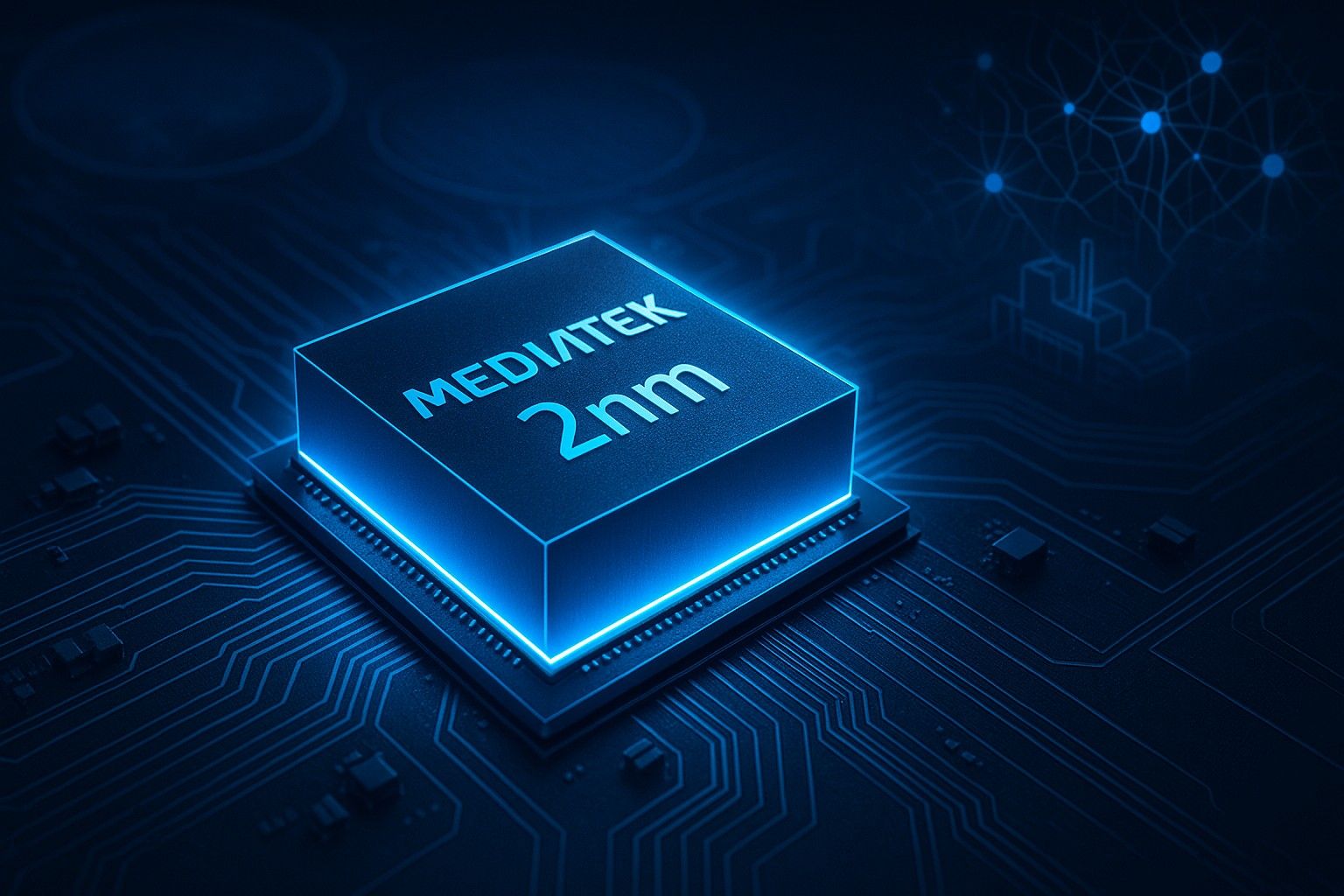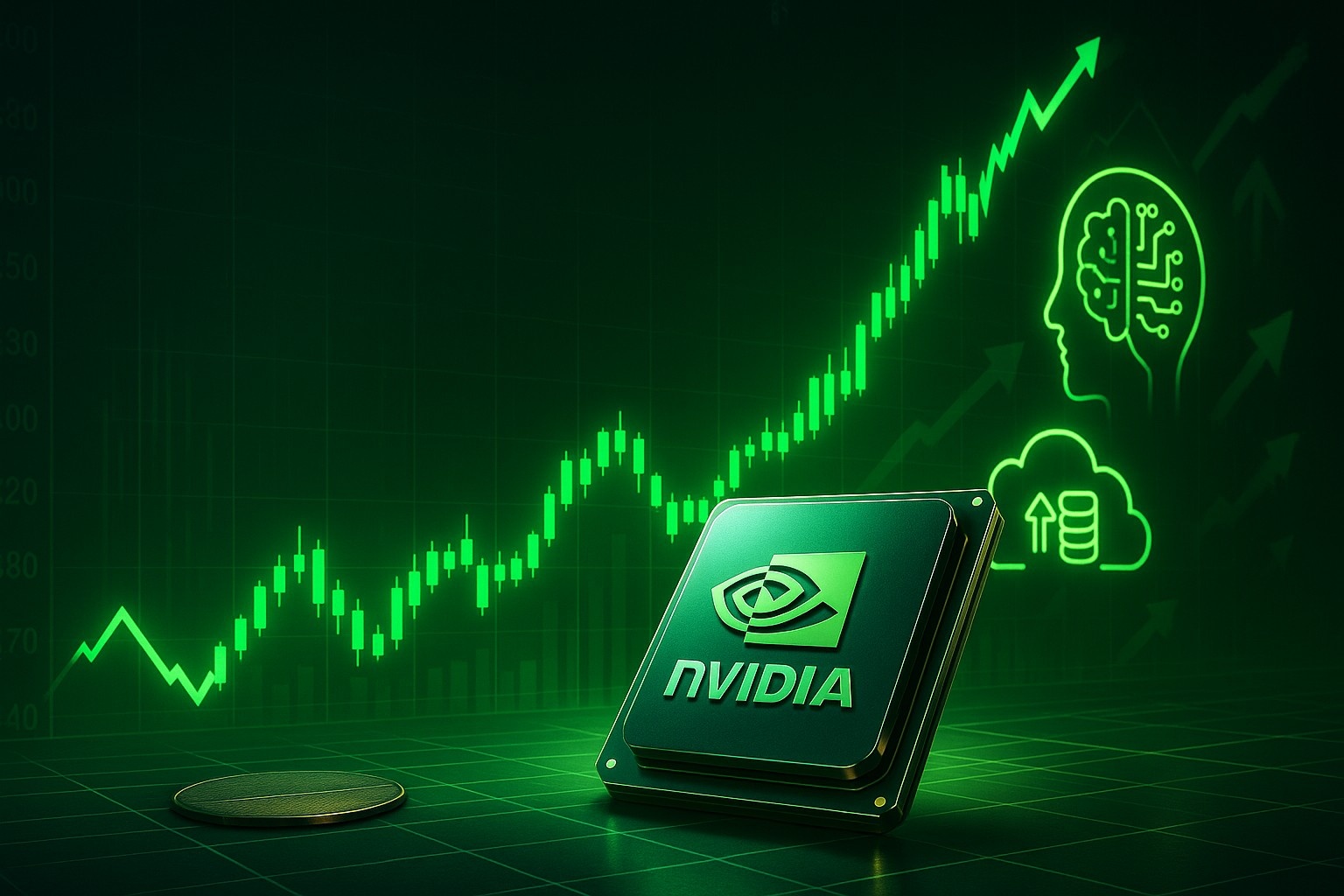MediaTek Confirms Shift to 2nm Chip Technology: Ushering in the Next Era of Mobile Performance and Efficiency
In a major announcement that could reshape the competitive dynamics of the global semiconductor market, MediaTek has officially confirmed its transition to 2-nanometer (2nm) chip manufacturing, joining the ranks of cutting-edge foundry clients ready to embrace the next frontier in silicon technology.
Speaking during a special technology showcase in Hsinchu, Taiwan, the company’s executives outlined their roadmap for rolling out the first commercial 2nm chipsets by early 2026, promising massive gains in both performance and energy efficiency for smartphones, wearables, and edge AI devices.
The move places MediaTek in direct technological alignment with other semiconductor giants like Apple, Qualcomm, and Samsung — all of whom are preparing or already sampling 2nm silicon. But for MediaTek, this shift may be more than a technical milestone. It could mark the moment the company fully enters the ultra-premium tier of chipmaking, reshaping its brand identity from a volume-focused supplier to a global innovation leader.
Why 2nm Matters: The Silicon Leap Explained
The transition to a 2nm node represents one of the most significant advances in chip design in over a decade. While nanometer size is often shorthand for transistor density, the benefits go far beyond just scaling.
What 2nm Chips Will Bring:
- Up to 25–30% performance gains over current 3nm counterparts
- Up to 40% lower power consumption, extending battery life
- Increased transistor density, enabling more onboard AI acceleration
- Greater thermal efficiency, especially for mobile and wearable devices
According to early projections shared by MediaTek engineers, the company’s 2nm chips will feature next-generation Nanosheet (GAAFET) transistors, replacing traditional FinFETs — a change that allows for better control of current and leakage at microscopic scales.
“2nm is not just an evolution. It’s a platform shift for the next ten years of computing. It enables us to build chipsets that are smarter, faster, and dramatically more efficient for edge intelligence.”
– Dr. Kevin Jou, MediaTek’s Chief Technology Officer
The Foundry Behind the Silicon: TSMC Leads the Way
MediaTek’s chips will be manufactured by Taiwan Semiconductor Manufacturing Company (TSMC), the global leader in advanced semiconductor fabrication. TSMC began risk production of its N2 process node in late 2024, with high-volume production slated for Q4 2025.
MediaTek is reportedly among the first wave of major clients locked into this next-gen node, along with Apple and AMD.
“We’ve had a long-standing collaboration with TSMC. Moving to 2nm together ensures we can deliver the industry’s most power-efficient chips without compromising performance.”
– MediaTek’s Executive VP Joe Chen during the event
TSMC’s N2 node introduces Gate-All-Around Field-Effect Transistors (GAAFETs) and backside power delivery — both considered monumental steps in power routing and transistor density improvements.
First Products and Platforms
While MediaTek hasn’t officially disclosed which product lines will feature the 2nm chips, industry insiders suggest that the next-generation Dimensity flagship series — likely to debut as Dimensity 9400 or 10000 — will be the first commercial platform.
Anticipated Use Cases:
- Premium Android smartphones (2026 models)
- Next-gen Chromebooks and AI PCs
- Edge AI applications such as smart cameras and IoT hubs
- Mixed-reality headsets and advanced automotive compute units
The company hinted that its new 2nm chips will feature an enhanced NPU (Neural Processing Unit) and custom GPU cores to better support on-device AI, spatial computing, and high-frame-rate gaming.
Market Impact: A New Phase for MediaTek
MediaTek’s move to 2nm is not just a technical step forward — it's a strategic shift. Traditionally seen as a dominant player in the mid-range and budget chipset space, the company has been steadily climbing into the premium tier with recent launches like the Dimensity 9300, which rivaled Qualcomm’s Snapdragon 8 Gen 3 in raw performance.
With 2nm chips arriving as early as Q1 2026, MediaTek is poised to:
- Compete more directly with Apple’s M-series and Qualcomm’s Snapdragon Elite chips
- Gain traction in North American and European flagship markets
- Expand into new categories like XR headsets and AI PCs
“For a long time, we were seen as the best at enabling access. Now, we’re building the best technology — period.”
– Dr. Kevin Jou
Industry Reactions: Competitors and Analysts Respond
MediaTek’s announcement drew immediate attention from industry watchers.
Analyst Perspective:
Ian Cutress, founder of TechTechPotato and a leading semiconductor analyst, wrote:
“MediaTek’s jump to 2nm, coupled with its vertical stack of wireless IP and AI engines, means they’re ready to lead the pack — not just follow. The question now is software and OEM adoption.”
Meanwhile, Counterpoint Research published a note stating that MediaTek's early 2nm adoption could help it regain high-end OEM partnerships, especially in China and Southeast Asia where premium Android devices increasingly lean toward performance-per-watt as a differentiator.
Challenges Ahead: Cost, Yield, and AI Competition
While the transition to 2nm represents a major opportunity, it won’t be without challenges.
Key Hurdles:
- High manufacturing costs at advanced nodes could compress margins
- Initial yield rates for N2 may be lower than 3nm, leading to supply constraints
- AI competition from custom chips (like Google’s Tensor, Apple’s Neural Engine, and Samsung’s Exynos AI cores) could dilute differentiation
To address this, MediaTek plans to double down on its AI software ecosystem, offering developers robust SDKs and runtime environments to maximize the utility of on-chip intelligence.
The Bigger Picture: 2nm and the Future of Mobile AI
With the growing convergence of AI workloads, spatial computing, and edge processing, the shift to 2nm enables MediaTek to position itself at the heart of tomorrow’s device architecture.
The company says that its next-gen NPUs will be capable of running multimodal AI models (like Gemini Nano or Meta's LLMs) locally — reducing reliance on the cloud while improving privacy and responsiveness.
“We’re building for a world where your phone doesn’t just run apps — it runs models. And with 2nm, it can do that all day on a single charge.”
– Joe Chen
Final Thoughts: A Defining Moment for MediaTek
MediaTek’s 2nm announcement is more than just a manufacturing update — it’s a statement of ambition. With next-generation chip architecture, advanced AI acceleration, and global OEM support, the company is positioning itself as a genuine leader in the next phase of silicon innovation.
While challenges around yield, cost, and ecosystem maturity remain, MediaTek’s technical roadmap — and its tight alignment with TSMC — suggest that this is not a one-off leap, but the start of a sustained move up the value chain.
The message is clear: MediaTek is not just playing catch-up. It’s ready to lead.
Key Takeaways:
- MediaTek officially confirmed its transition to 2nm chip technology, beginning in 2025 with commercial products expected in early 2026.
- The 2nm chips will feature GAAFET transistor architecture, offering major gains in power efficiency and AI acceleration.
- First chips likely to appear in Dimensity 9400/10000 series, targeting premium smartphones and AI-centric devices.
- Built in partnership with TSMC’s N2 process, putting MediaTek in competition with Apple, Qualcomm, and Samsung at the highest tier.
- Challenges remain in cost, yield, and differentiation, but the move marks a defining moment in MediaTek’s premium evolution.
For full coverage of next-gen chips, AI accelerators, and mobile silicon innovation, stay with techieum.com.















